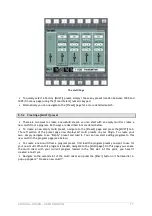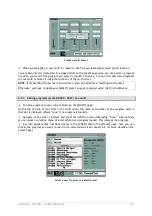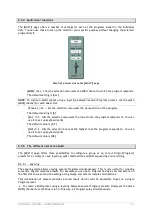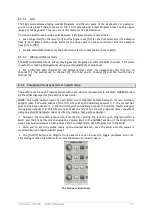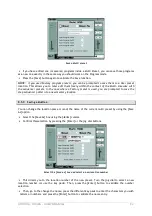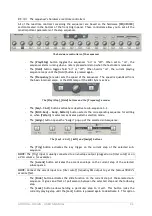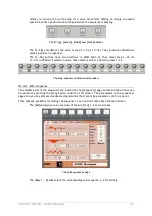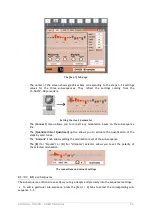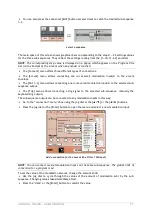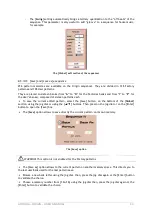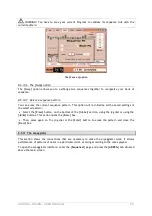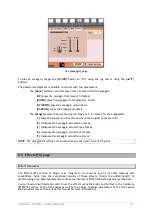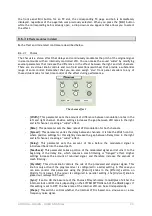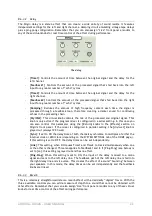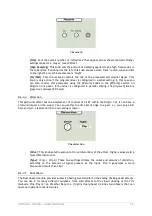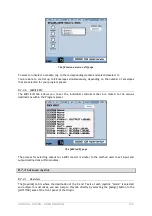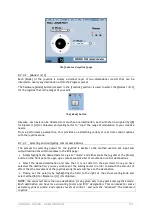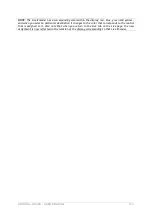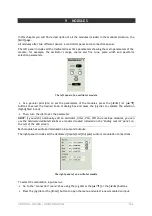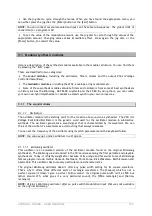
ARTURIA – ORIGIN – USER’S MANUAL
91
The [Arpeggio] page
To play an arpeggio, toggle the [
On/Off
] button to “On” using the jog dial or using the [
▲
/
▼
]
buttons.
The pattern development is possible to control with two parameters:
-
The
[
Mode
]
selection controls
play order of notes within the arpeggio:
-
[
UP
] plays the arpeggio from lowest to highest
-
[
DOWN
] plays the arpeggio from hightest to lowest
-
[
UP/DOWN
] plays the arpeggio up and down
-
[
RANDOM
] plays the arpeggio randomly
-
The
[
Range
]
selector allows choosing the range of 1…5 octaves for the arpeggiator:
-
[
1
] plays the sequence in the octave where the original notes are held
-
[
2
] transposes the arpeggio across two octaves
-
[
3
] transposes the arpeggio across three octaves
-
[
4
] transposes the arpeggio across four octaves
-
[
5
] transpose the arpeggio across five octaves
NOTE:
The arpeggiator settings are saved when you save your current Program.
8.6
Effects [FX] page
8.6.1
Overview
The Effects [FX] section of Origin is as integral to its sound as any of its other features and
capabilities. Aside from the exceptional quality of these effects, there's the added benefit of
synchronizing time-based parameters to the same internal or MIDI clock as the general synthesizer.
You can have direct hands-on control over the effects using the knobs and buttons in the hardware
[EFFECTS] section of the front panel as well as the ability to assign parameters to the front panel
LIVE encoders (see section 9.8 of this manual for more information).

